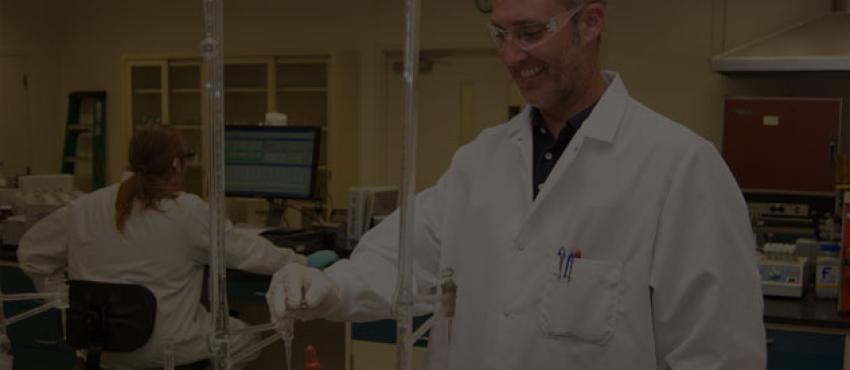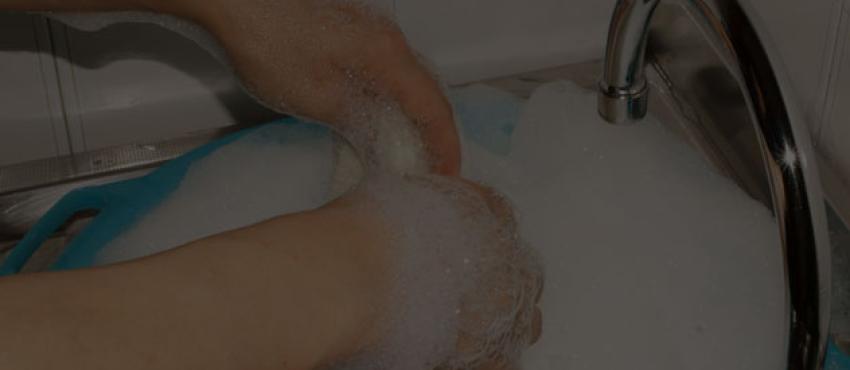Understanding Water Usage
Commercial, Industrial, Agricultural & Electric Water Use
Sometimes it's easy to forget that we also use water in ways we don't see every day. Water is used to grow food, manufacture our favorite goods and keep businesses running smoothly. We also use a significant amount of water to meet our nation's energy needs.
US Freshwater Withdrawals
The Water World
Water is vital to the survival of everything on the planet. The Earth might seem like it has abundant water, but in fact less than one percent is available for human use. The rest is either salt water found in oceans, fresh water frozen in the polar ice caps, or too inaccessible for practical use. While the rising population is increasing demand on freshwater resources, supply will always remain constant. Although the water cycle continuously returns water to Earth, it is not always returned to the same place, or in the same quantity and quality.
Communities Face Challenges
Managing water is a growing concern in the US. Communities across the country are starting to face challenges regarding water supply and a need to update aging water treatment and delivery systems, sometimes referred to as "water infrastructure." Many states that have projected population growth increases also have higher per capita water use and can expect increased competition for water resources.
Domestic Water Use in Gallons per Day per Person and Projects Percent Population Change by 2030
Strains on water supplies and our aging water treatment systems can lead to a variety of consequences for communities:
- Higher water prices
- Increased summer watering restrictions to manage shortages
- Seasonal loss of recreational areas such as lakes and rivers when the human demand for water conflicts with environmental needs
- Expensive water treatment projects to transport and store freshwater when local demand exceeds available capacity
Droughts Create Stress
Droughts occur somewhere in the country every year, and climate change has the potential to increase stress on water resources. In order to create a more sustainable water future, cities and states are coming together to encourage water conservation as a way to reduce demand. Throughout the Southwest, communities are recalibrating all of their usage for a water supply that has shrunk dramatically.


